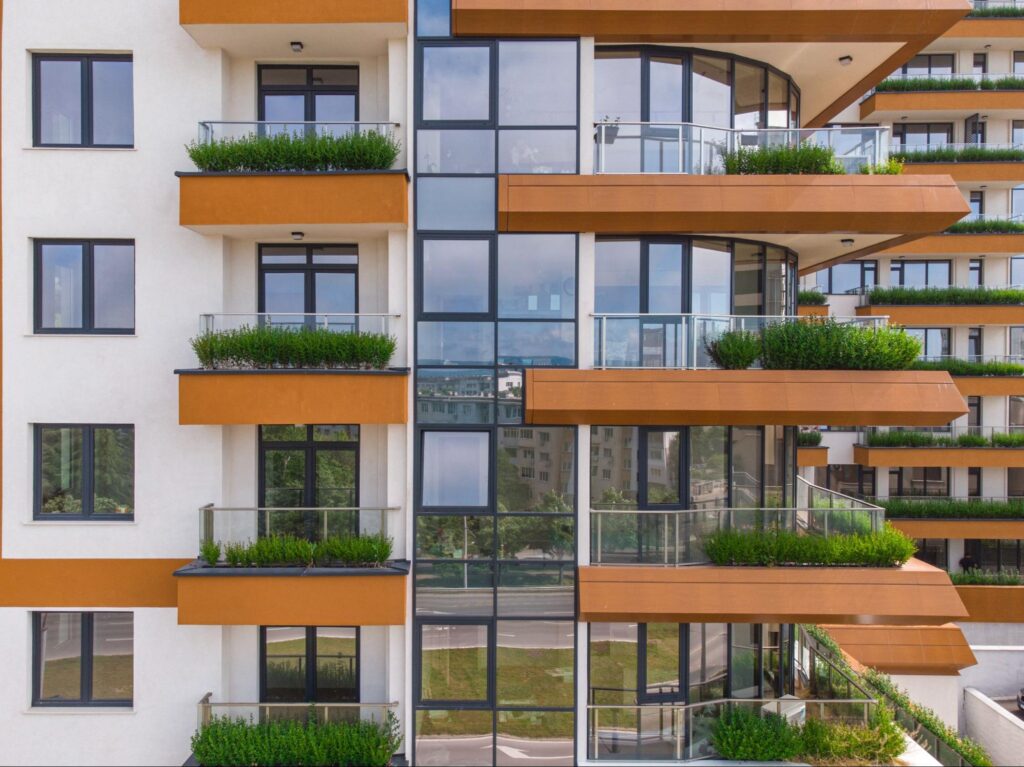As the commercial real estate market evolves, Spring Hill emerges as a prime location with remarkable opportunities for mixed-use developments. These projects combine residential living with commercial spaces, yielding higher returns and long-term value. This article provides essential insights and strategies for investors looking to capitalize on the potential of mixed-use developments in the Spring Hill market, supported by data and successful case studies.
Understanding Mixed-Use Developments
Mixed-use developments integrate residential units, commercial spaces, and, in some cases, recreational areas into a cohesive project. This model promotes walkability and community engagement, leading to diversified income streams. In Spring Hill, the rise in urbanization makes such developments particularly attractive for investors.
With mixed-use properties, investors can expect reduced vacancy rates, lower tenant risk, and potential rental yields that outstrip those of single-use properties. According to the National Association of Realtors, these types of properties often command rent premiums of 5% to 15% higher than their single-use counterparts, making them a lucrative option for savvy investors.
Market Analysis of Spring Hill
Spring Hill is experiencing a demographic and economic transformation that provides fertile ground for mixed-use investment. From 2010 to 2020, the population grew by approximately 15%, with forecasts indicating continued growth. Young professionals and families are drawn to areas that offer modern living spaces combined with access to employment and leisure options.
Local economic factors also support this growth, with job opportunities flourishing in sectors such as healthcare, retail, and education. With businesses increasingly establishing operations in the area, mixed-use developments present a promising avenue for investors to tap into this expanding market. The demand for housing in conjunction with preferences for walkable neighborhoods positions Spring Hill as a hotspot for mixed-use investments.

Case Study: The Success of Summerfield Commons
A standout example of a mixed-use development in Spring Hill is Summerfield Commons. This successful project combines commercial retail spaces, office units, and apartments, effectively leveraging the area’s growing demographic.
Since its launch in 2018, Summerfield Commons has achieved a remarkable 95% occupancy rate in its first year. This robust mixed-use development hosts a variety of tenants—from local cafes to healthcare providers—proving that diverse offerings can create a thriving community. Investors have realized notable returns, with projected annual property value appreciation between 6% and 8%. Such real-world cases illustrate the potential of successful mixed-use investments in Spring Hill.

Key Considerations for Investors
Location Matters
The success of any mixed-use development heavily relies on location. In Spring Hill, investors should seek areas demonstrating population growth, accessibility to main roads, and proximity to essential amenities. Developments in well-connected areas are likely to experience higher demand from both residential and commercial tenants.
Understand Regulatory Environment
Familiarizing oneself with the zoning laws and regulations is crucial for anyone investing in mixed-use projects in Spring Hill. Recent updates in Hernando County have made it easier to pursue mixed-use developments, allowing for increased density and diverse property types. Building relationships with the local government can facilitate smoother permit processes and faster project commencement.
Monitor Economic Trends
Stay informed about broader economic trends that may affect mixed-use investments in Spring Hill. The National Multifamily Housing Council notes that urban mixed-use developments are particularly appealing to millennials seeking flexibility in living arrangements. Adjusting your investment strategy in line with shifts in tenant preferences can enhance your portfolio’s success.
Sustainability and Community Focus
Incorporating sustainability into mixed-use developments is increasingly valued in today’s market. Prioritizing eco-friendly designs and fostering community engagement can attract environmentally-conscious tenants and boost overall property value. Additionally, integrating green spaces can enhance the quality of life for residents and visitors alike.

Conduct Thorough Financial Analysis
A detailed financial analysis is essential when evaluating any investment opportunity. Use key metrics such as cap rates, cash-on-cash returns, and internal rates of return (IRR) to assess the profitability potential of mixed-use properties. Given their varied cash flow scenarios, it’s critical to model different market conditions to safeguard investments.
The Investor Opportunity
Spring Hill stands out as an exceptional choice for investors pursuing commercial real estate with high returns. Given the ongoing interest in urban living and mixed-use developments, timely action is essential. By pinpointing promising projects and leveraging the favorable regulatory environment, astute investors can capitalize on this trending market before it becomes saturated.
Final Thoughts
Mixed-use developments in Spring Hill present an excellent opportunity for investors seeking to diversify portfolios and enhance profitability. With favorable population trends, a supportive economic landscape, and myriad ongoing developments, now is the ideal moment to engage in this promising sector.
Ready to explore the investment opportunities in Spring Hill? Secure your next real estate deal with confidence. Contact Florida ROI now for specialized guidance in navigating the commercial real estate landscape and finding the perfect mixed-use development investment tailored to your goals.
Frequently Asked Questions
Q: What are the benefits of investing in mixed-use developments?
A: Mixed-use developments provide diversified tenant risk, reduced vacancy rates, and the potential for higher rental yields by combining residential and commercial components.
Q: How do I identify mixed-use development opportunities in Spring Hill?
A: Collaborate with local real estate professionals or companies specializing in commercial properties to discover promising mixed-use development opportunities.
Q: Which financial metrics should I analyze when considering mixed-use investments?
A: Key metrics include cap rates, cash-on-cash returns, and internal rates of return (IRR) to assess the profitability of mixed-use properties.
Q: Are there regulatory challenges to consider?
A: Yes, it’s essential to understand local zoning regulations and building codes, as they can significantly influence development feasibility. Keep abreast of any legislative changes.
Q: How can sustainability be integrated into mixed-use developments?
A: Implementing energy-efficient systems, utilizing eco-friendly materials, and including green spaces can enhance the appeal of mixed-use developments and attract tenants who value sustainability.



